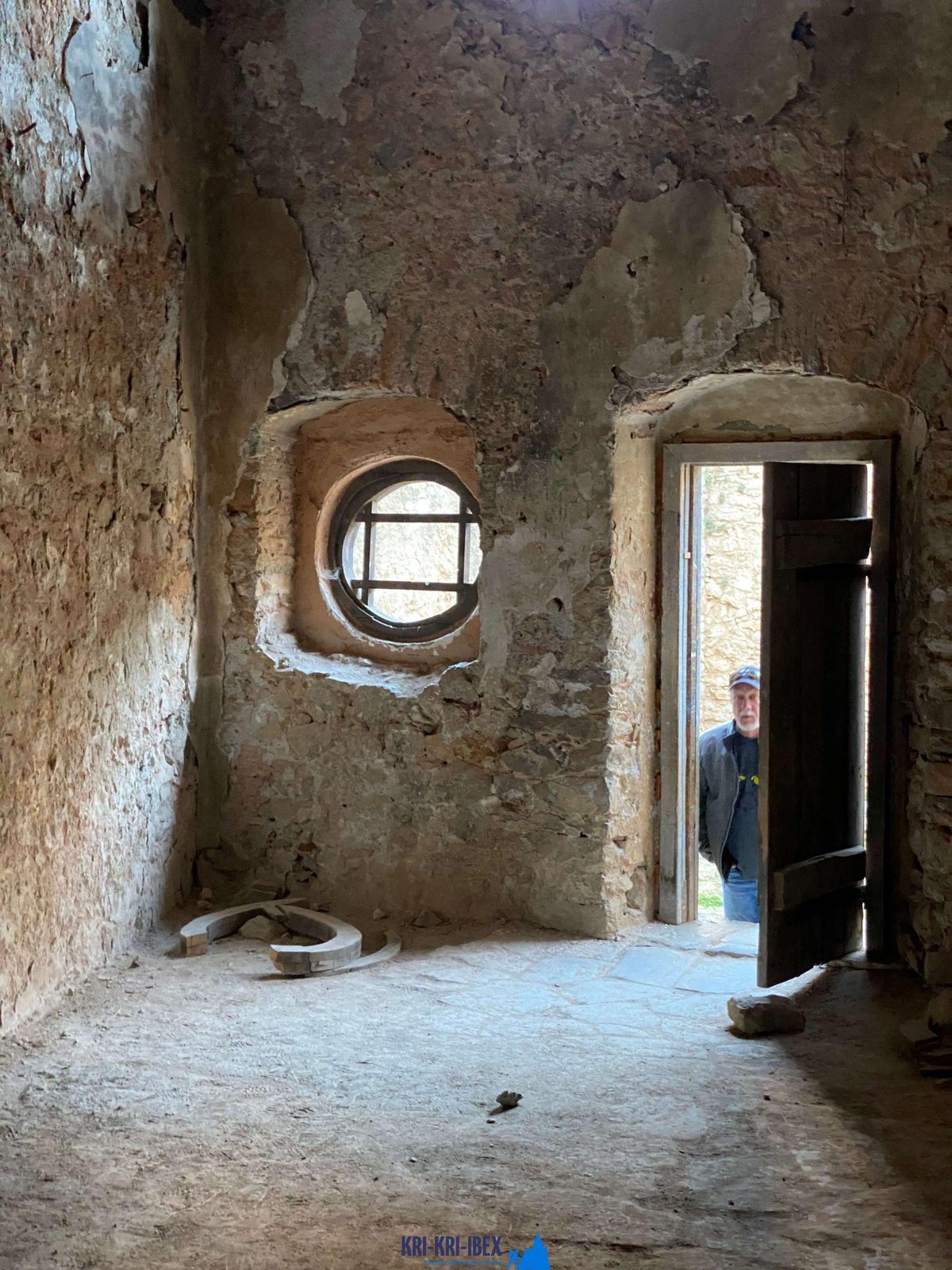This is the very best time to go kri kri hunting and also totally free diving. Do not miss it!
This is the very best time to go kri kri hunting and also totally free diving. Do not miss it!
Blog Article

To many individuals, The Peloponnese peninsula on the Greek Mainland is the 'genuine' Greece, where points have actually not altered a lot in all over the centuries despite the fact that lots of people have actually discovered it. Look no better than the Peloponnese if you are looking for a genuine Greek outdoor experience! Right here you can diving and also hunting on unique islands and also visiting at the same time.

The hunt for kri-kri ibex on the island of Sapientza can be a difficult and tough one. The ibex reside in sturdy, steep surface with sharp, rugged rocks that can conveniently leave you without footwear after only 2 journeys there. Capturing a shotgun without optics can additionally be a challenge. However, the hunt is definitely worth it for the chance to bag this impressive animal.
On our Peloponnese trips, you'll get to experience all that this fantastic region has to use. We'll take you on a tour of a few of one of the most historical as well as attractive websites in all of Greece, including old damages, castles, as well as more. You'll additionally reach experience several of the traditional Greek society direct by delighting in a few of the delicious food and a glass of wine that the area is understood for. And naturally, no journey to Peloponnese would be total without a dip in the gleaming Mediterranean Sea! Whether you're an experienced hunter trying to find a new adventure or a newbie vacationer simply wanting to explore Greece's sensational landscape, our Peloponnese trips are ideal for you. What are you waiting for? Book your journey today!
If you are seeking Kri Kri ibex hunt as well as unforgettable getaway destination, look no more than the Sapientza island in Greece. With its sensational natural charm, delicious food, and abundant society, you will not be let down. Reserve one of our searching and also visiting Peloponnese Tours from Methoni today, dot forget your trophy Kri Kri ibex!
What is the diference between Kri Kri ibex, Bezoar ibex and hybrid ibex
The kri-kri is not thought to be indigenous to Crete, most likely having been imported to the island during the time of the Minoan civilization. Nevertheless, it is found nowhere else and is therefore endemic to Crete. It was common throughout the Aegean but the peaks of the 8,000 ft (2,400 m) White Mountains of Western Crete are their last strongholds–particularly a series of almost vertical 3,000 ft (900 m) cliffs called ‘the Untrodden’—at the head of the Samaria Gorge. This mountain range, which hosts another 14 endemic animal species, is protected as a UNESCO Biosphere Reserve. In total, their range extends to the White Mountains, the Samaria National Forest and the islets of Dia, Thodorou, and Agii Pandes.
This Ibex is NOT a diminutive form of the Bezoar Ibex, which has migrated into the western-most reach of the range of this species. The kri – kri (Capra aegagrus cretica), sometimes called the Cretan goat, Agrimi, or Cretan Ibex, is a feral goat inhabiting the Eastern Mediterranean, previously considered a subspecies of wild goat. The kri-kri has a light brownish coat with a darker band around its neck. It has two horns that sweep back from the head. In the wild they are shy and avoid tourists, resting during the day. The animal can leap some distance or climb seemingly sheer cliffs.
“The agrimi goat Capra aegagrus cretica is unique to Crete and its offshore islands. It has been identi®ed as a sub-species of the wild bezoar goat Capra aegagrus aegagrus Erxleben, 1777, which it closely resembles in horn shape, body form and coloration. This classi®cation has been disputed by some researchers who claim that the agrimi are feral goats, derived from early domestic stock brought to the island by the ®rst Neolithic settlers. In order to clarify this issue, DNA analyses (cytochrome b and D loop sequences) were carried out on tissue of live and skeletonized agrimi and compared to sequences of wild and domestic caprines. Results conclusively show the agrimi to be a feral animal, that clades with domestic goats (Capra hircus) rather than with wild Asiatic bezoar. This study demonstrates that morphometric criteria do not necessarily re¯ect genetic af®nities, and that the taxonomic classi®cation of agrimi should be revised.”
Report this page